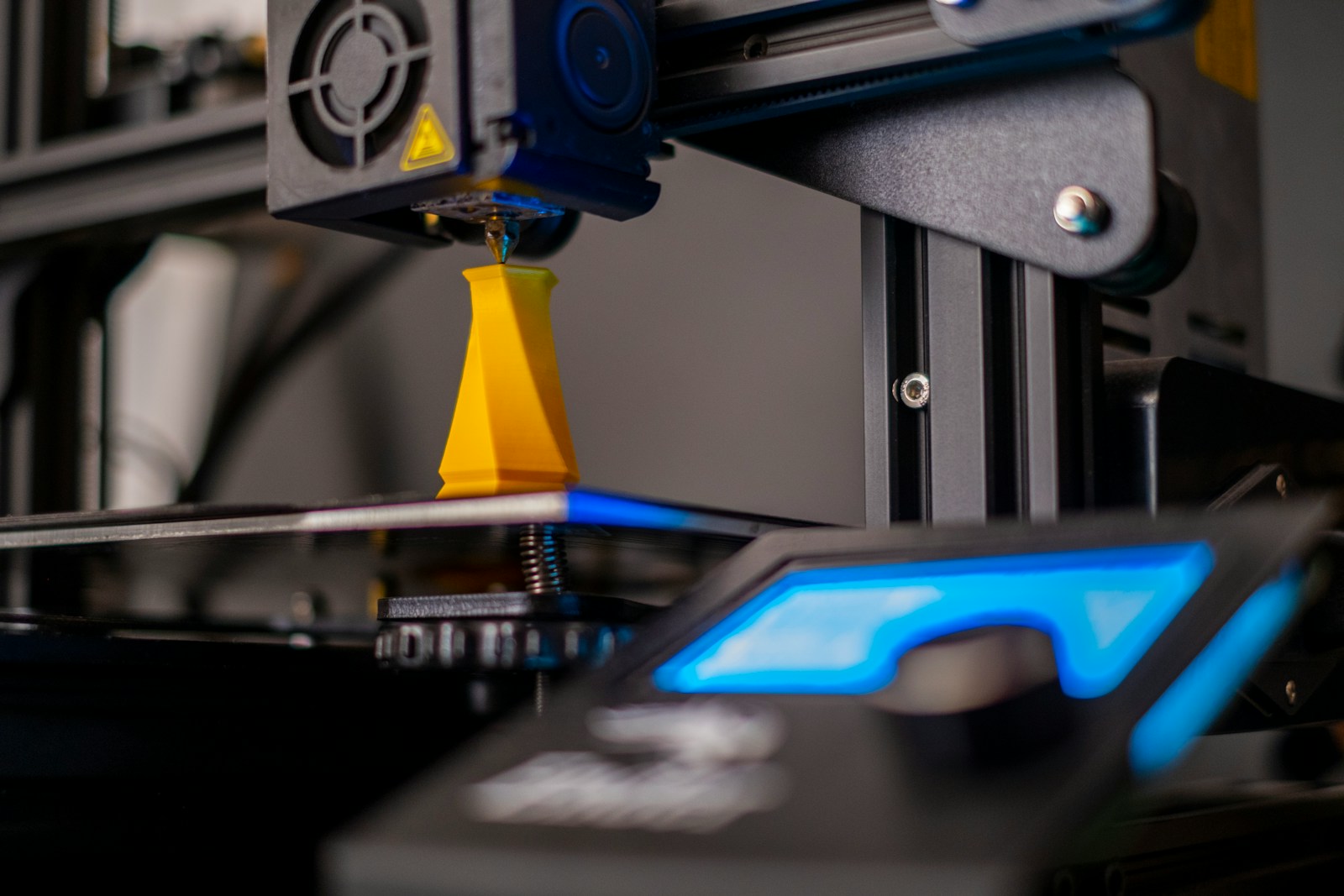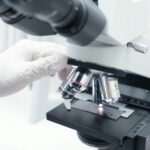Introduction
3D organ printing, also known as bioprinting, is a revolutionary technology that has emerged as a powerful tool in regenerative medicine. By enabling the precise deposition of cells, biomaterials, and bioactive molecules, bioprinting allows for the creation of complex tissue constructs and functional organs. This technology addresses critical challenges in healthcare, such as organ shortages, personalized medicine, and the need for more accurate drug testing models. The integration of bioprinting with regenerative medicine has opened new avenues for tissue engineering, organ transplantation, and drug development, offering promising solutions to some of the most pressing medical challenges of our time (Ramakrishnan & Moustafa, 2024) (Jang et al., 2023) (Jones, n.d.) (Zhou, 2023).
Tissue Engineering and Regenerative Medicine
Tissue engineering is a cornerstone of regenerative medicine, focusing on the development of biological substitutes to repair or replace damaged tissues. 3D bioprinting has significantly advanced this field by enabling the fabrication of complex, patient-specific tissue models that more accurately mimic human physiology compared to traditional animal models. These bioprinted tissues can be used for various applications, including skin grafts, cartilage repair, and even the creation of functional organoids (Spirito et al., 2024) (Kim et al., n.d.) (“Bioprinting Biomimetic 3D Constructs for Tissue Modelling and Repair”, 2023). One of the key advancements in tissue engineering is the integration of bioprinting with microfluidic systems. This combination allows for the creation of dynamic, multi-organ models that simulate the interactions between different organ systems within the human body. Such models not only enhance our understanding of disease mechanisms but also provide a platform for personalized therapy development and drug screening (Spirito et al., 2024) (Chen et al., 2024).
Organ Transplantation
The demand for organ transplantation far exceeds the available supply of donor organs, leading to a critical need for alternative solutions. 3D bioprinting offers a promising approach to address this shortage by enabling the fabrication of functional organs on demand. While the bioprinting of complete, transplantable organs remains a distant goal, significant progress has been made in the development of bioprinted tissues and organs for regenerative medicine (Wang et al., 2024) (Wu et al., 2023) (Jones, n.d.) (Persaud et al., 2022). Recent advancements in bioprinting technologies have enabled the creation of solid organs such as hearts, livers, kidneys, and pancreas. These bioprinted organs are being tested for their potential to address organ shortages and improve patient outcomes in transplantation. However, challenges such as vascularization, cell integration, and organ maturation remain significant hurdles that need to be overcome before these organs can be used in clinical settings (Wang et al., 2024) (Wu et al., 2023) (Zhou, 2023).
Drug Testing and Personalized Medicine
The development of effective drugs is a complex and costly process, often relying on animal models that may not accurately predict human responses. 3D bioprinting has emerged as a game-changer in this field by providing highly accurate, human-relevant models for drug screening and toxicity assessment. Bioprinted tissue and organ models can mimic the physiological conditions of human tissues, allowing for more precise and ethical testing of drugs and toxic compounds (Spirito et al., 2024) (Kim et al., n.d.) (“Bioprinting Biomimetic 3D Constructs for Tissue Modelling and Repair”, 2023). In addition to drug testing, bioprinting is playing a pivotal role in the advancement of personalized medicine. By using patient-specific cells and biomaterials, bioprinted constructs can be tailored to individual needs, enabling personalized therapies and treatments. This approach not only enhances the efficacy of treatments but also reduces the risk of adverse reactions, making it a cornerstone of modern healthcare (Jones, n.d.) (Kim, 2023) (Chen et al., 2024).
Challenges in 3D Bioprinting
Despite the significant progress made in 3D bioprinting, several challenges remain that need to be addressed to fully realize its potential. One of the most critical challenges is the selection of appropriate cell sources for bioprinting. While various cell types, including stem cells and patient-derived cells, have been explored, no single cell source has yet fulfilled all the requirements for functional organ fabrication (Ma et al., 2024) (Jones, n.d.) (Kim, 2023). Another significant challenge is the development of suitable bioinks and biomaterials. Bioinks must possess optimal mechanical and biological properties to support cell viability and tissue formation. Additionally, the scalability of bioprinting processes and the integration of vascularization in bioprinted constructs remain areas that require further research and development (Ma et al., 2024) (Jones, n.d.) (Persaud et al., 2022).
Future Directions and Innovations
The future of 3D bioprinting is poised for transformative advancements, driven by the integration of cutting-edge technologies such as artificial intelligence (AI), machine learning, and 4D bioprinting. AI is being increasingly applied in bioprinting to optimize processes such as bioink selection, parameter optimization, and real-time monitoring. These advancements are expected to enhance the precision and efficiency of bioprinting, paving the way for the creation of complex, functional organs (Chen et al., 2024) (Ramesh et al., 2024) (Iyer et al., 2024). The integration of bioprinting with other emerging technologies, such as organoids and microfluidics, is also expected to revolutionize the field. Organoids, which are 3D cell cultures that mimic the structure and function of organs, can be combined with bioprinting to create more complex and functional tissue models. This integration is expected to enhance our understanding of organ development, disease progression, and drug effects, while also advancing the development of personalized therapies (Spirito et al., 2024) (Zhou, 2023) (“Bioprinting Biomimetic 3D Constructs for Tissue Modelling and Repair”, 2023).
Ethical Considerations and Regulatory Frameworks
As 3D bioprinting continues to advance, ethical considerations and regulatory frameworks become increasingly important. The creation of synthetic organs raises ethical questions related to patient privacy, informed consent, and equitable access to healthcare. Establishing ethical guidelines and manufacturing standards is crucial to ensure that the production and application of synthetic organs remain safe, ethical, and properly regulated (Zhou, 2023) (Iyer et al., 2024) (Persaud et al., 2022).
Conclusion
3D organ printing and regenerative medicine are revolutionizing healthcare by addressing critical challenges in tissue engineering, organ transplantation, and drug testing. The integration of bioprinting with advanced technologies such as AI, microfluidics, and organoids is expected to further enhance the capabilities of this field, paving the way for personalized and regenerative therapies. While significant challenges remain, the potential of 3D bioprinting to transform healthcare is immense, offering new hope for patients in need of organ transplants and personalized treatments.








